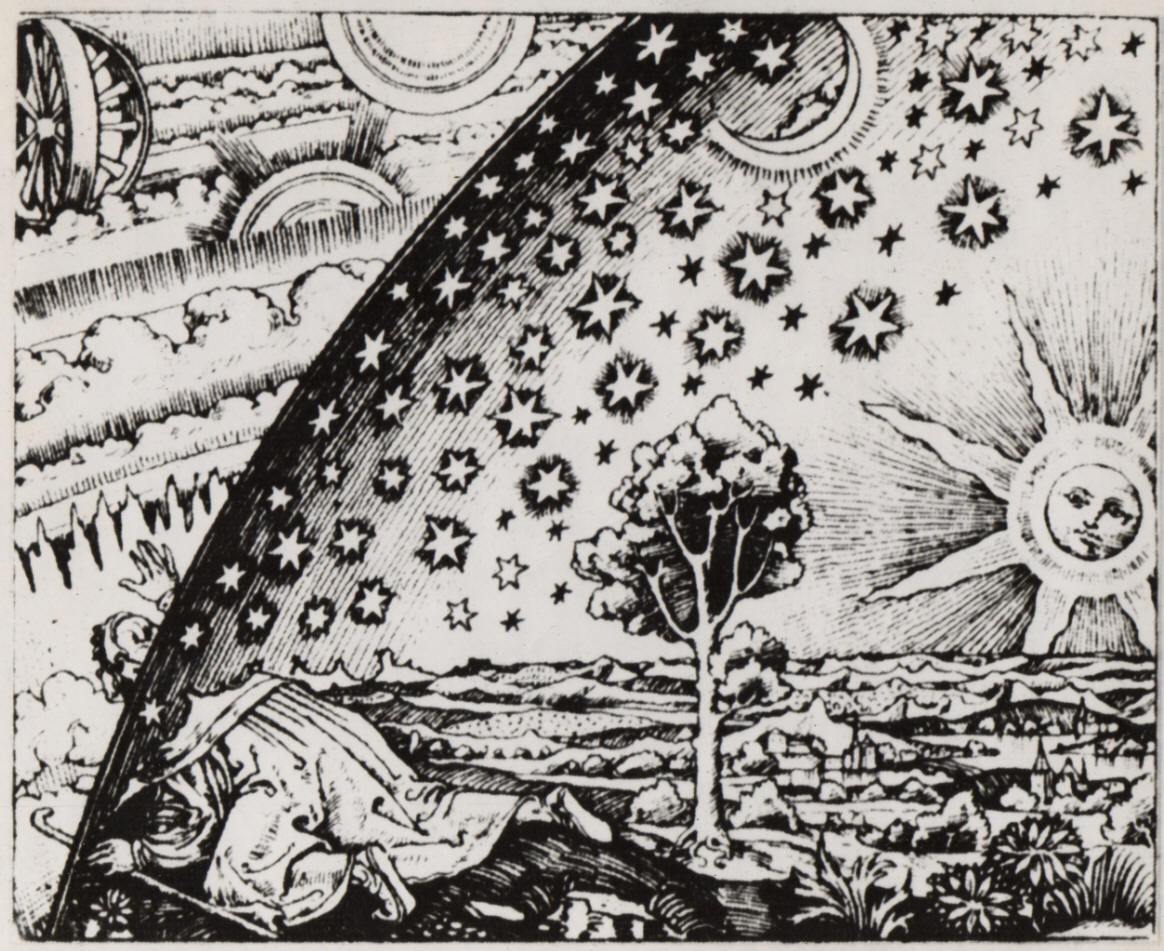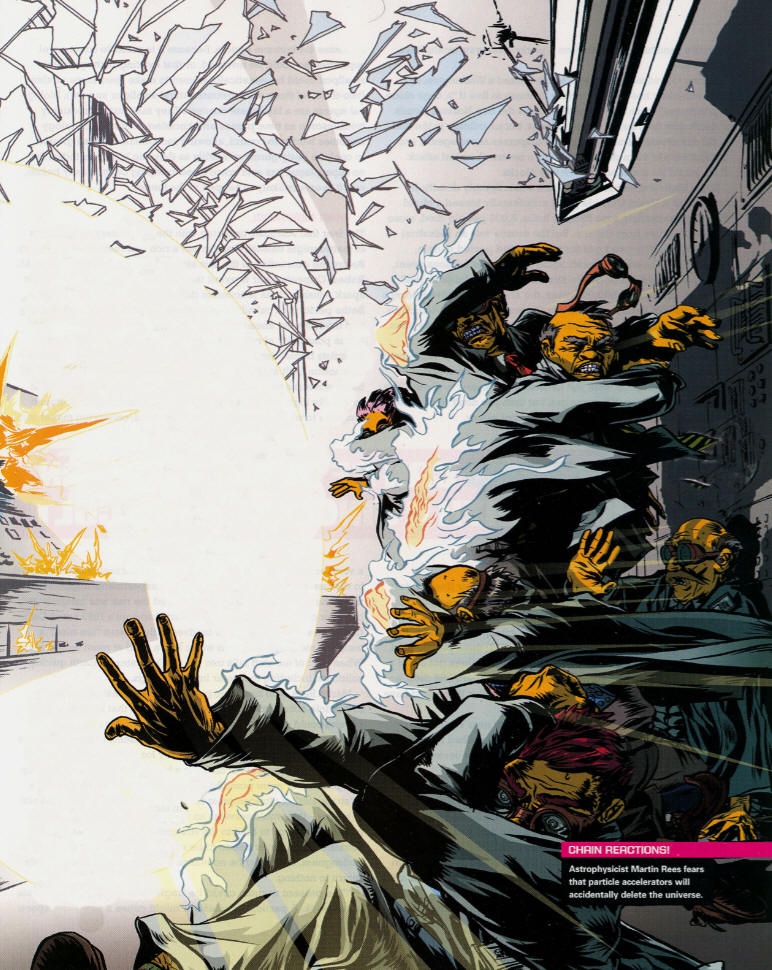Taking A Closer Look At Nothing
Taking a closer look at nothing
I’ve been thinking a lot about nothing lately, and assumed I was pretty much alone in this pursuit, but there are others, far more learned and affluent than myself in search of nothing. These are serious and expensive endeavors. Scientists spent 6 billion dollars and change to build the Hadron Collider to help them look for nothing, or to find the first thing after there was nothing. How did something happen?
The collider’s made of steel and concrete walls yards thick, a huge galactic, microscope extremely good at finding questions, not so many answers—lots of theories. Seems like understanding nothing should be easy, but it’s not. The Hadron gooses protons ‘round it’s seventeen mile track at near the speed of light, in temperatures hotter than the sun . . . slamming them into one another. An atomic train wreck parts of particles get splattered everywhere, smaller and smaller.
Particle Accelerator Accidently Deletes The Universe - Artist unknown
We weren’t always sure we believed in the Higgs, but the collider produced an enormous data base of collision results, as many as grains of sand it would take to fill a swimming pool. Out of this swimming pool of sand, they found less than a teaspoon of Higgs bosons. But they did find some with the help of 80,000 computers interconnected in a private Internet. Now we believe in them . . . I think.
The Boson is described as a field that glues particles together, thus creating mass. Theorists suppose there might be several kinds of Higgs, possibly five of them. They say it would require more than a single cosmic task to glue the universe together, and suppose a single Higgs is just a one trick pony. They’ll continue to study the Higgs, or Higgses for years to come and probably discover they’re made out of something . . . else. When do we get to, “There is nothing here.” It’s hard to believe in nothing.
Astronomers are interested in nothing. They’ve been looking for it looking for it with telescopes so powerful they can see into the past—time travel in 2-D. We can observe galaxies that existed when the universe was only 800 million years old. A long way back, but never quite to the beginning of it all.
Some astrophysicists on coffee break decided to focus on a spot in the universe where they were almost certain there was nothing. The Hubble Ultra Deep Field Project chose a black spot near the big dipper, its size visually comparable to a grain of sand held at arm’s length—those grains of sand again. They were astounded when the telescope revealed a megatude of galaxies.
Is nothing possible? Seems like there’s always something left, but scientists predict they’ll find it sometime in the next ten years. Better particle detectors will enable them to see even smaller things, and finally that first bit of matter that appeared the moment after nothing happened — when something appeared.
Sidebar:
After hunting for the earliest clues about the evolution of the universe for more than four years, Europe's Planck Space Observatory has gone dark.
Officials with the European Space Agency sent the Planck observatory its final command on Wednesday (Oct. 23, 2013), marking the end of its prolific mission. The space observatory launched in May 2009 on a mission to scan deep space for the faint relic radiation called cosmic microwave background — the oldest light in the universe — created 380,000 years after the Big Bang.
Next week: Almost nothing about something.



No comments:
Post a Comment